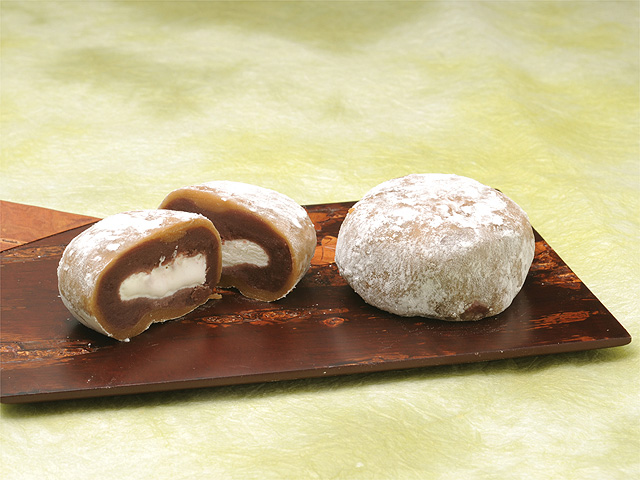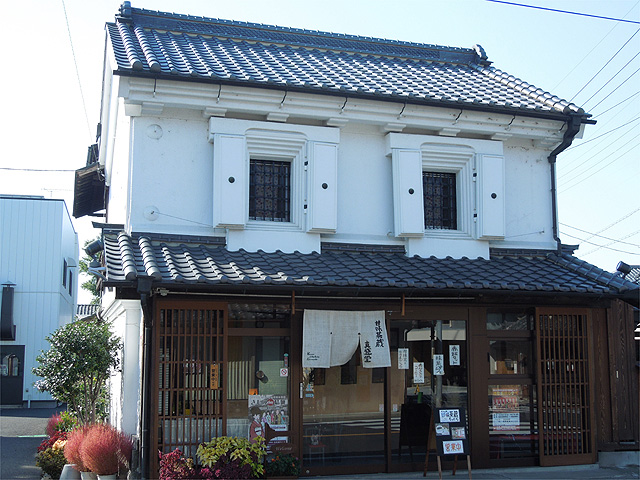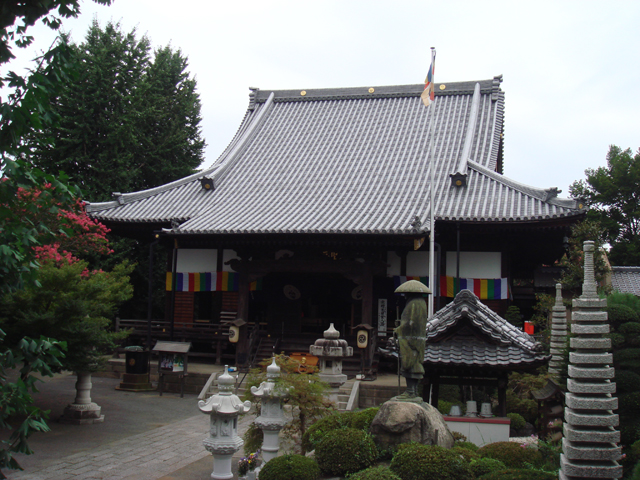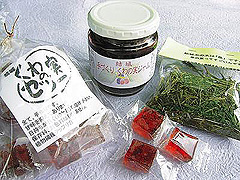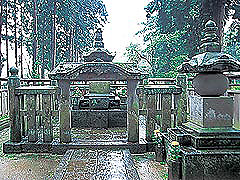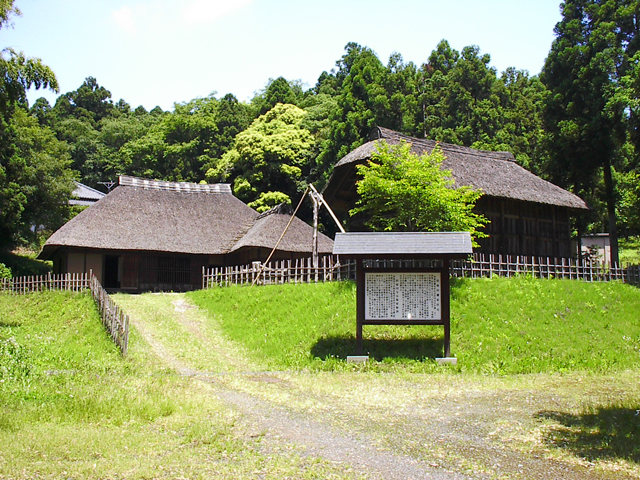Boiled Manju
Receive Family Prize at Cafe Ole Daifuku "Yoshimoto 47 Schfranc 2015"
Next door, the Japanese-style cafe "Sweet Chakura Mamori-do" is a renovation of the Sansezo built in 1903.
Otegine Parfait Menu named after the "Minjiki no Spear" on display at the Castle Museum
The information provided reflects the details available at the time of the survey.
Please note that facility details may change due to the facility’s circumstances, so please check for the latest information before visiting.
This content has been translated using machine translation.
Information provided by: JTB Publishing
This content uses automatic translation services. Automatic translations may not always be accurate.
Please note that the translated content may differ from the original meaning. We ask for your understanding when using this content.


